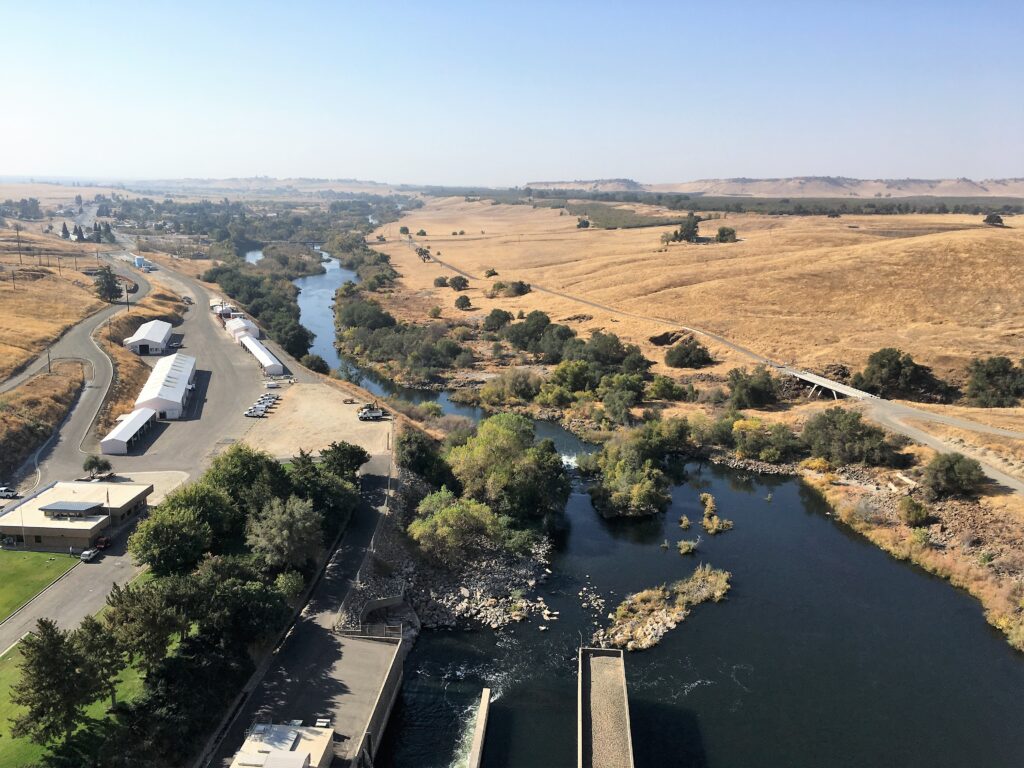Water has been flowing down the San Joaquin River since the beginning of April. But, ironically, late spring rains could halt the flow.
The water coming out of Millerton Lake just above Fresno is flowing because of a contract within California’s complicated water rights system.
The water is going to the San Joaquin River Exchange Contractors, four agricultural water districts that extend from Firebaugh to Newman on the west side of the Valley. Millerton water usually goes to Friant Water Authority contractors from Madera to Arvin.
Both the Exchange and Friant contractors are part of the federal Central Valley Project and are tied together through the San Joaquin River.
Back in the 1930s, when the federal Bureau of Reclamation built the CVP, it took river water from current users and shipped it south to farms and towns on the east side of the valley. In “exchange,” the Bureau promised the original river owners it would provide them water from the Sacramento-San Joaquin Delta.
In the extreme drought years of 2014 and 2015, the Bureau couldn’t get enough water from the delta so it delivered water from Millerton, leaving the Friant contractors with a zero water allocation those years.
This is another severely dry year and the Bureau, again, had to deliver water to the Exchange Contractors from Millerton.
That created a robust flow in the San Joaquin River.
On April 1, the Bureau of Reclamation increased the Friant Dam releases from 680 cubic feet per second to 930 cfs to meet the Exchange Contractors’ needs, according to a Reclamation announcement.
Water may continue to flow from Millerton to the Exchange Contractors until fall. But late spring rains in northern California could change that.
That’s because the rain increased water levels in several northern reservoirs that are connected to water supplies in the San Joaquin Valley.
Folsom Lake, northeast of Sacramento, is nearly full. And while Shasta Lake, north of Redding, isn’t as improved, it hasn’t been further diminished.
That may be enough water to halt the call on Millerton next month, said Michael Jackson, area manager for the Bureau of Reclamation’s south central California area office.
“We’re keeping an eye on all the reservoirs,” said Jackson. “We’ll just have to see how it plays out here in real time.”
Share this:
- Click to share on Facebook (Opens in new window)
- Click to share on Twitter (Opens in new window)
- Click to share on LinkedIn (Opens in new window)
- Click to share on Reddit (Opens in new window)
- Click to share on Tumblr (Opens in new window)
- Click to share on Pinterest (Opens in new window)
- Click to share on Pocket (Opens in new window)
- Click to share on Telegram (Opens in new window)
- Click to share on WhatsApp (Opens in new window)
- Click to print (Opens in new window)








